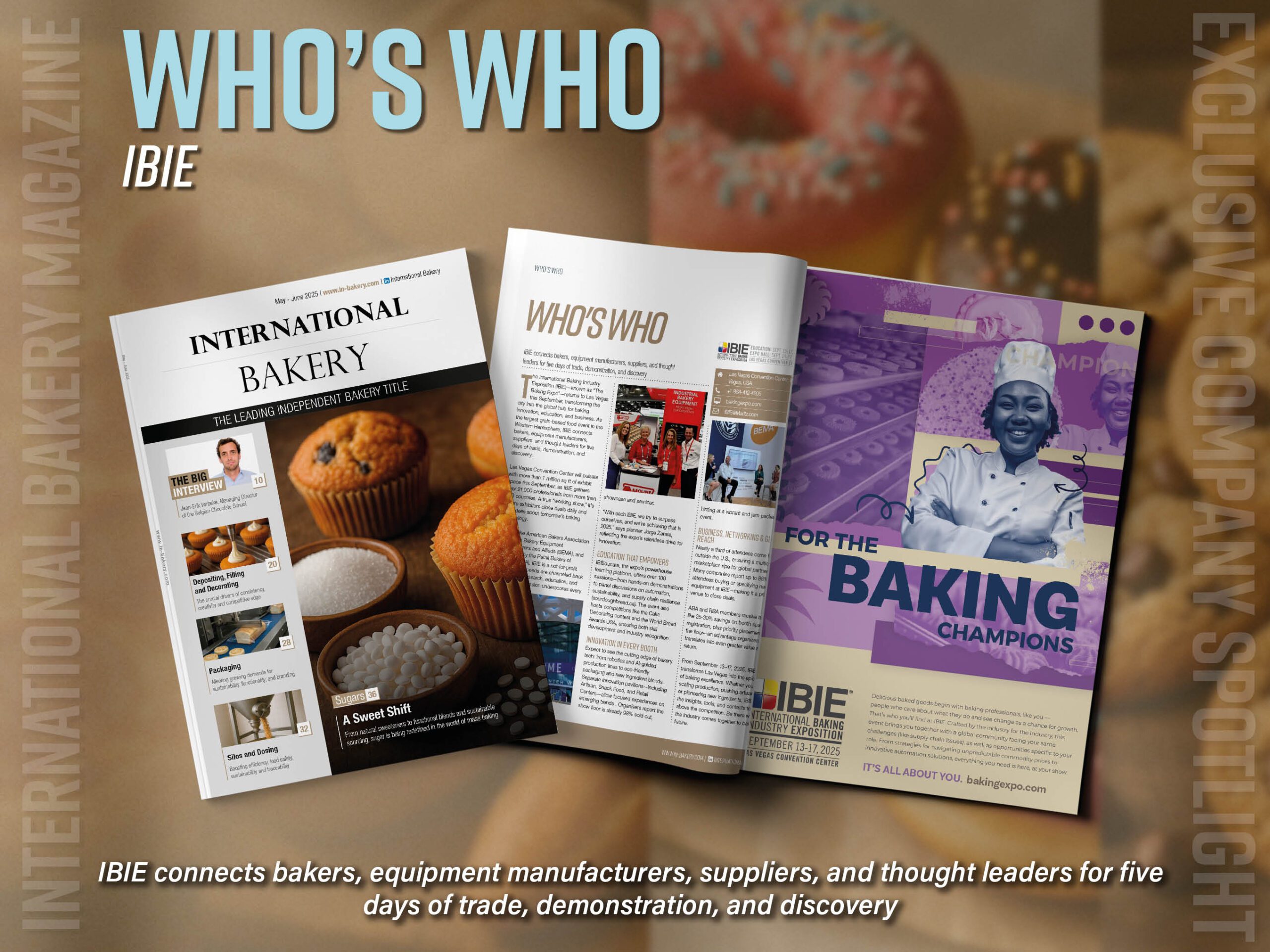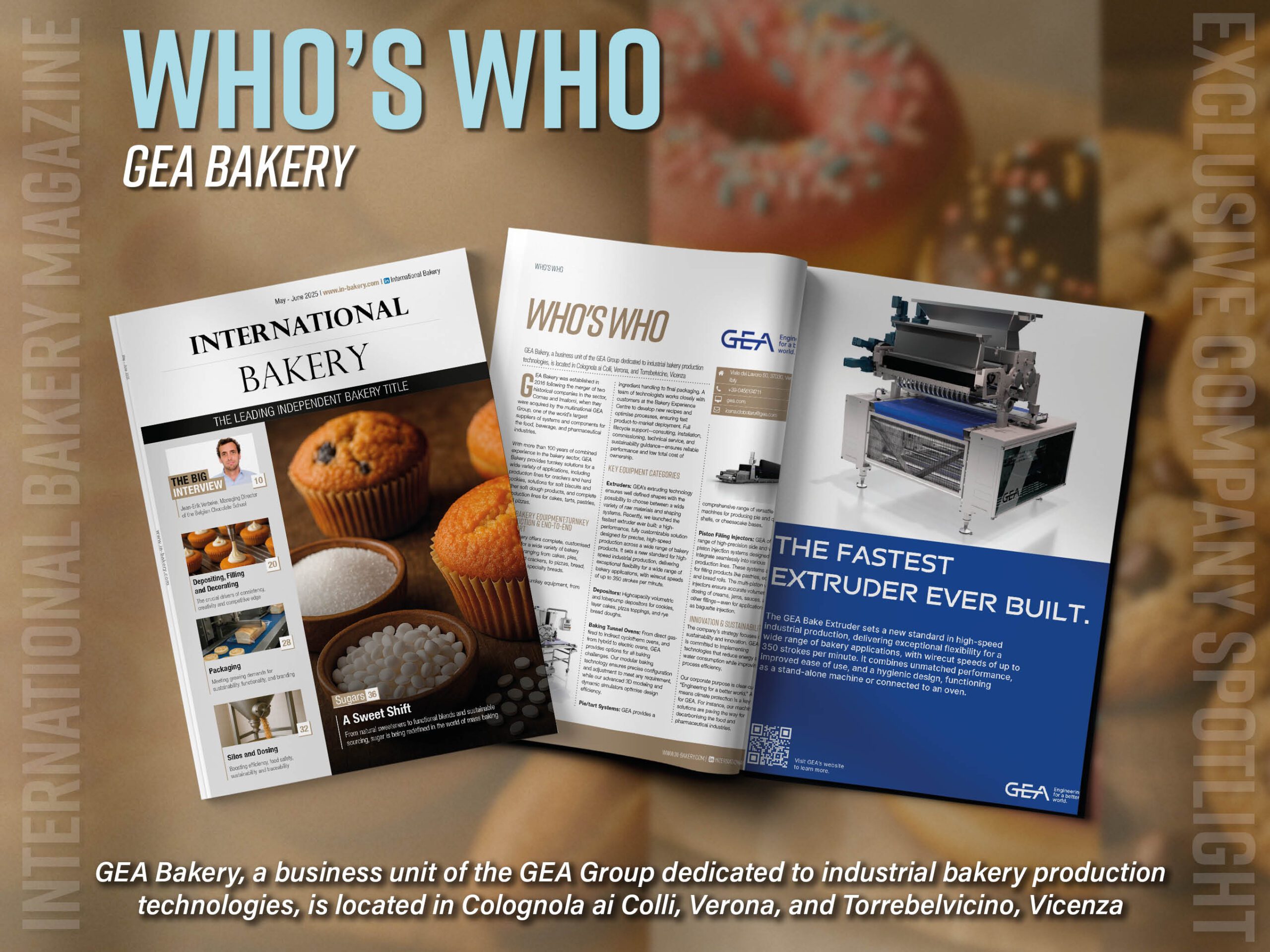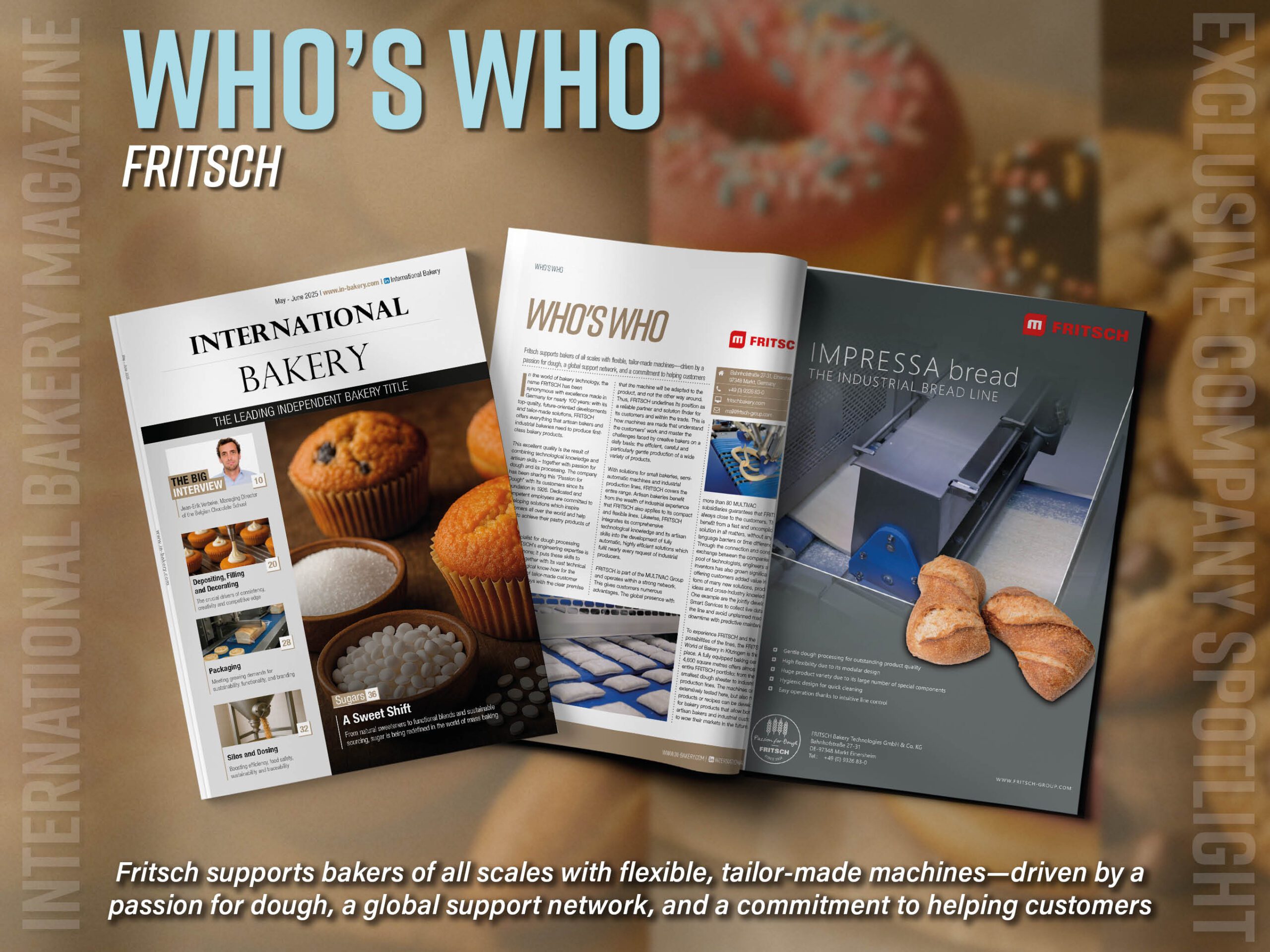As leaveners are commonly added to all baked goods this raises questions around what leaveners are and why they are vital in the bakery process.
If someone was to ask a baker what is the ingredient that ties an assortment of baked goods such as cakes, bread, muffins and cookies, the answer may surprise people. Usually, the go to answer would be a product such as flour but the reality is that leavening products may take the biscuit. Leaveners are products that all types of bakers have come accustomed to using but are rarely given much thought as to how substantial they are in the baking process. Having established that, understanding the world of leaveners, how they work and what is considered the best leavener for certain bakery products will be assessed in this feature.
What are leaveners?
Leaveners, otherwise known as raising agents, can be simply defined as a substance used in dough to make it rise. A leavening agent causes the expansion of dough and batter by releasing gases within the mixture producing baked products with a porous mixture. Examples of these agents include: air, steam, yeast, baking powder and baking soda, though there are a variety of other leaveners available too. The most common types of leaveners used are baking powder and soda, as they are used by both home bakers and commercial bakers as it is a readily available and quick product.
The history of leaveners
Bakery and baked goods have been around for centuries so it is no surprise that leaveners have such an extensive history, as without leaveners the ideal shape and structure of a baked good would not be maintained. For most of human history, the main raising agent used was yeast. To reiterate, yeasts are single-celled microorganisms classified as members of the fungus kingdom. This is therefore one of the few leaveners that is considered a living organism that allows the product to rise. Bakers now tend to make yeast through a process called budding in which a small yeast cell grows on the outside of a mature one, until it is fully grown and ready to separate.
However, in the 18th century, the use of yeast was a much more laborious and time-consuming process. The yeast was made by letting fruit, vegetable or grain ferment. Once the yeast had formed, the struggles did not end there as bakers of the past had to ensure that the yeast would not be killed or tarnished by temperature variables. This process usually took around 24 hours, meaning that it fully impacted the efficiency of bread production. More labour-intensive methods were used to make the product rise such as beating air into their eggs and a substance made from lye and wood ashes called pearlash, but the agent was very difficult to make and had a strong odour which impacted the taste of the product.
Media contact
Roshini Bains
Editor, International Bakery
Tel: +44 (0) 1622 823 922
Email: editor@in-bakery.com






